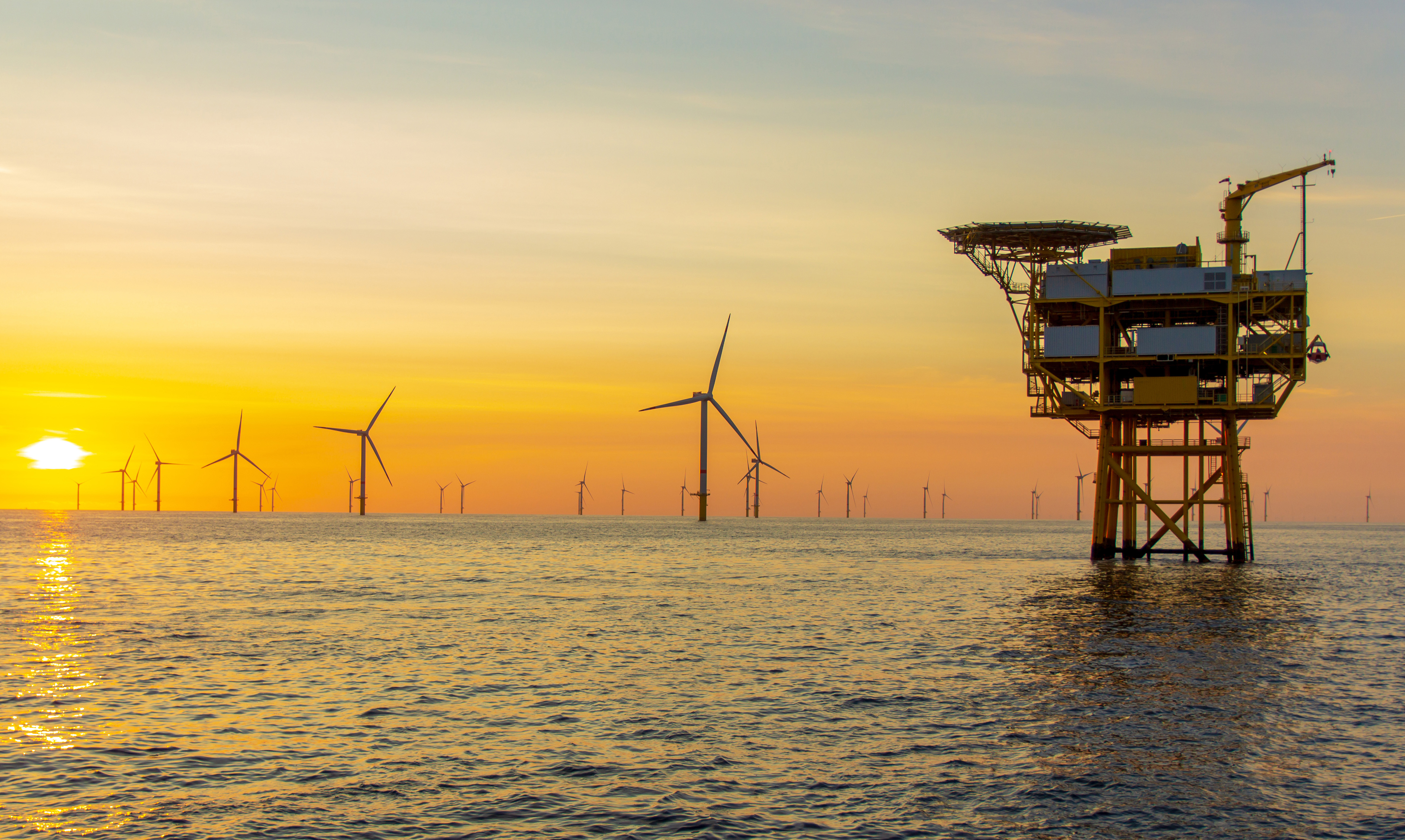Navigating the Offshore Wind Eco Landscape: The Crucial Role of Effective Communication Systems
Offshore wind is on the rise globally, as an increasing number of countries are setting net-zero emission targets. Experts predict that its contribution to total wind production will reach 34%, totaling almost 2000 GW by 2050. Yet, behind the sleek, eye-catching designs of offshore wind turbines, a complex ecosystem operates seamlessly, driven by technology and teamwork.

The Complexity of the Offshore Wind Landscape and Teamwork Challenges
The generation, accumulation, and transportation of renewable energy are ensured by entire complexes, comprising:
- Hundreds of offshore wind turbines.
- Offshore and onshore substations.
- Onshore control centers.
- A fleet of installation and service vessels, often modern autonomous ones.
- Service aircraft.
Fixed and Floating Wind Turbines: Harnessing the Power of Sea Winds for Energy
There are two main types of turbines: fixed and floating. The use of floating structures opens up numerous possibilities. These turbines can be installed in areas with higher wind speeds and cover huge areas in the open sea. DNV analysts also expect an 80% reduction in LCOE (levelized cost of electricity) for floating offshore wind by 2050.
While operating in a challenging environment, the crew faces numerous hazards. Even the transition from a service vessel to a turbine can be a formidable task. Both types of turbines require maintenance and everyday remote monitoring, necessitating flawless communication throughout the entire offshore wind farm.

Installation and Service: Communications at the Core of Project Success
The construction phase of offshore wind farms requires real-time coordination between the teams on installation vessels and control centers. Reliable communication is crucial to ensuring the safe and efficient assembly, installation, and connection of wind turbines. To keep the turbines operational, a fleet of service vessels takes charge of regular inspections, repairs, and maintenance. Effective communication is paramount in guaranteeing a timely response to issues and ensuring crew safety.
Efficient Offshore Wind Communication
Huge distances, highly weather-dependent operations, and harsh maritime conditions require a reliable critical communication system across all sites of the offshore wind farm. A flexible and integrated communication platform becomes one of the most important factors to ensure:
- Safe and secure operations and navigations across all sites.
- Optimized operational efficiency and improved performance.
- Real-time teamwork coordination.
- Reduced costs through remote monitoring options and minimized downtime.
Easy-to-use critical communication solutions for offshore wind farms facilitate the crew’s daily tasks.

Ensuring the Crew Stays Connected, Whatever Happens
The maritime environments and big distances between locations pose unique challenges both to the productivity and safety of offshore wind farms. To address these challenges, a reliable, high-speed, and robust communication network is essential. This platform must connect all sites, from control centers to every wind turbine, offshore substation, service vessel, and aircraft.
At Zenitel we develop turnkey systems, ready to operate in challenging conditions. Among these are IP-based Exigo PAGA system with excellent integration ability, Intercom & PABX systems, and Wireless Communication solutions to ensure reliable connectivity between all vital sites across offshore wind farms. We also design full CCTV systems for outdoor and indoor use and provide our clients with LAN infrastructure.
The Shift Toward a Sustainable Future
As the offshore wind industry continues to flourish, effective communication systems become even more vital. Zenitel is well-positioned to deliver reliable communication platforms for such projects, ensuring crew safety, operational efficiency, fast response to incidents, and cost reduction.
